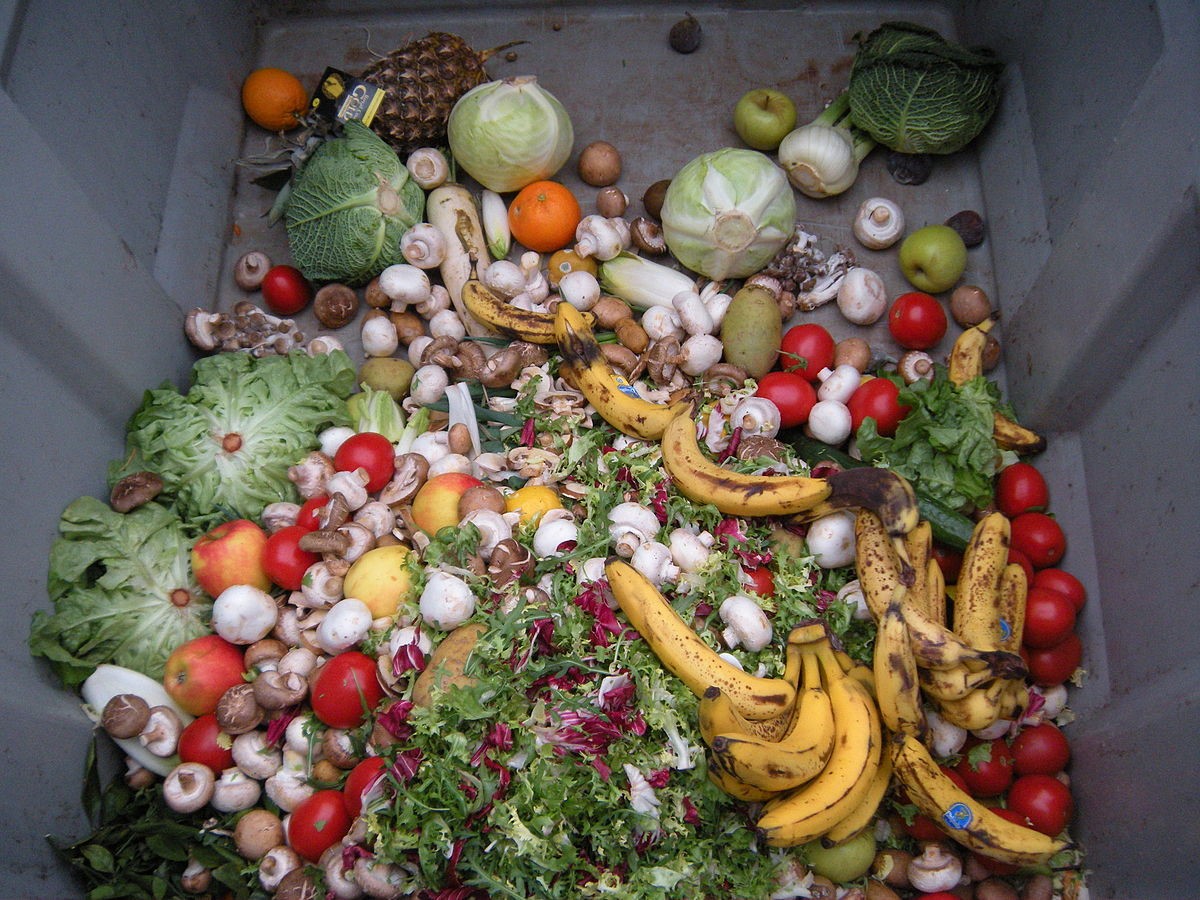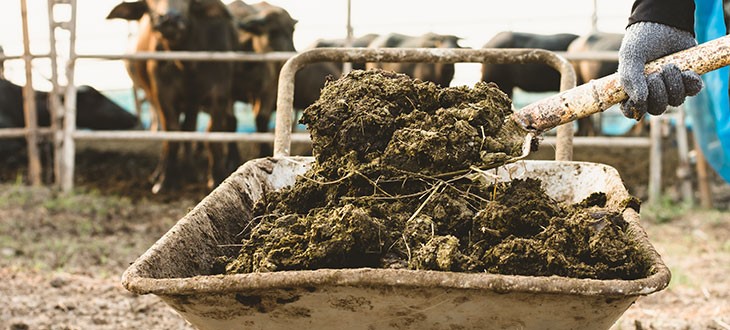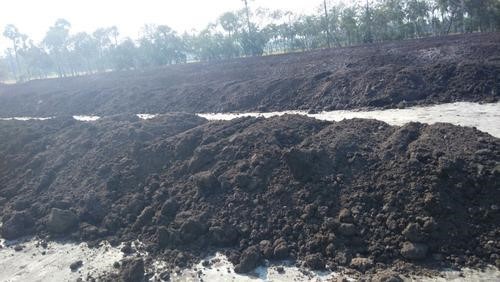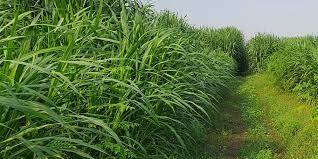Energy released from organic matter.
During its life cycle, organic matter like trees and plants collects energy from the sun in a process called photosynthesis. As the organic matter– called biomass–decomposes or is burned, that stored energy gets released as biomass energy.
Is biomass energy renewable?
Since organic matter can be replaced in a relatively short amount of time, biomass is considered a renewable energy source. It’s also a very common one; if you’ve ever burned wood in a fireplace or used a charcoal grill for cooking, you’ve used biomass energy. Also making biogas from wet organic waste is also considered as biomass energy , this biogas can be applied for power generation , LPG replacement or CBG production.

Before the mid-1800s, biomass ( wood / dung cakes ) was the largest source of many countries for energy consumption. In India, biomass is still an important fuel for cooking and heating. And as countries see renewable energy as a way to avoid the carbon dioxide (CO2) emissions that come from burning fossil fuels, biomass is once again becoming an important energy source.
Here are some of the benefits of biomass energy:
- Biomass is widely available in many forms.
- Biomass energy is less expensive to produce than fossil fuels
- Uses littlUsing biomass as an energy source reduces garbage in landfills.
- Since biomass only releases the CO2 that it captures, it’s 100% carbon neutral.
- Biomass energy helps mitigate the effects of climate change.
How biomass energy works:
While there are many sources of biomass energy, there are two major ways to harness biomass energy to generate electricity: burning and decomposition.
- Depending on what type of biomass is used, the organic waste is either burned to produce heat or decomposed to produce methane gas, which is then burned / purified to produce heat, power or CBG.
- Heat – biomass energy – is used to boil water, which turns into steam.
- The steam spins a turbine, powering a generator and creating electricity that we can use to power our lives.
Types of Biomass Energy
Vegetable & Fruit Waste
The fruit and vegetable sector generates large amounts of waste. In industrialized countries, fruit and vegetable waste (FVW) is mainly generated before reaching consumers, due to programmed overproduction and unfulfillment of retailer quality standards. FVW poses environmental problems due to its high biodegradability, represents a loss of valuable biomass and an economic cost for companies.


Animal Waste
Animal waste, collected in large tanks filled with bacteria that eat the waste and convert it to methane
Cook food waste
Food waste refers to food that completes the food supply chain up to a final product, of good quality and fit for consumption, but still doesn't get consumed because it is discarded, whether or not after it is left to spoil or expire.


Press Mud from Sugar Industries
Pressmud is a source of organic matter, which can be decomposed anaerobically and can be converted into methane rich biogas.
Energy Crops as like Napier Grass
Napier grass is an ideal substrate for biogas production in the tropics. Biogas plants with high-load technology using Napier grass are the solution to satisfying the increasing demand for power generation caused by increased industrialization and tourism in countries with underdeveloped infrastructure.


Landfill gas
Landfill gas, largely methane, collected by closing off a landfill and running pipes from the waste that collect the gas.
If left to decompose on its own, landfill and animal waste will release its methane into the atmosphere. Since methane is a potent greenhouse gas with 25 times the heat-trapping ability of carbon dioxide, it’s the second-biggest contributor to climate change when it’s left to escape into the atmosphere. So by capturing methane for use as a biomass energy source, we can help reduce the effects of climate change in two ways!
